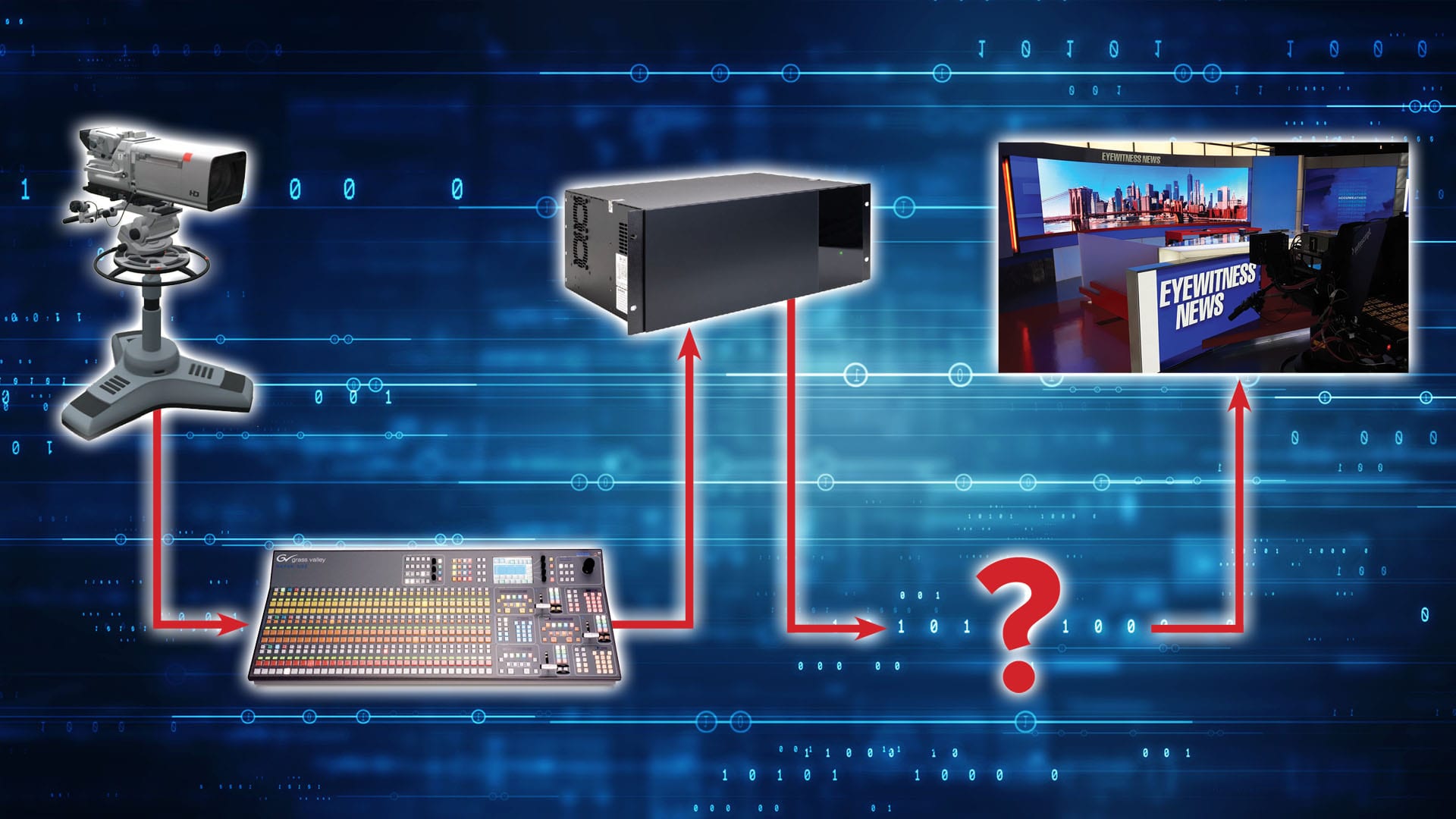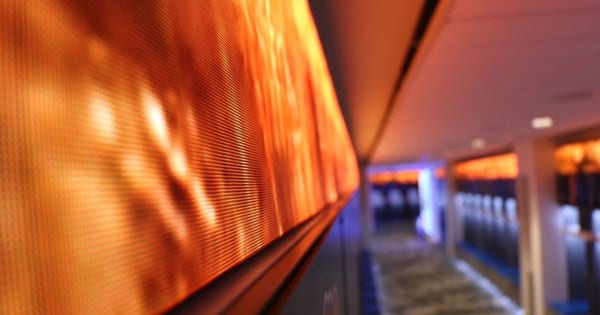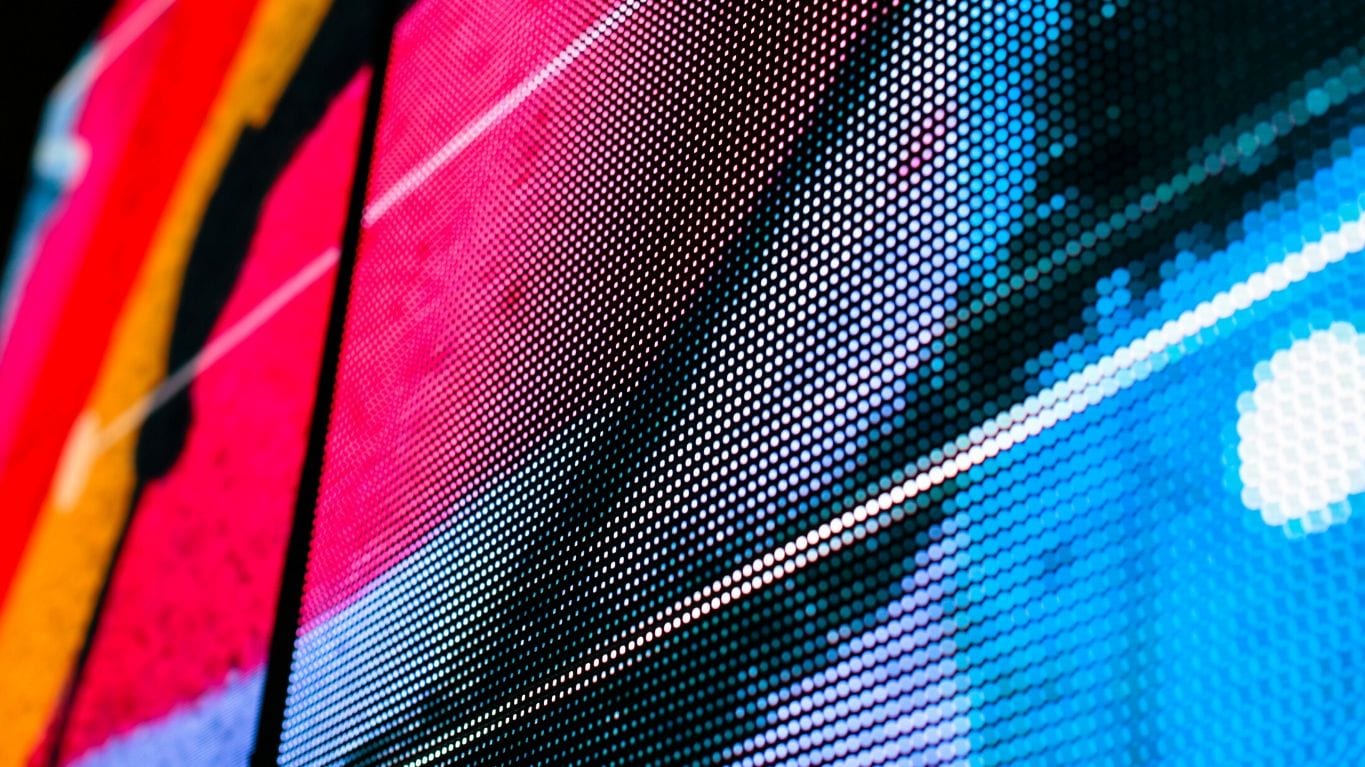Choosing the Right LED Video Wall Controller

Choosing the right LED video wall controller for your application is critical to deploying a successful LED display. There are many factors and specifications to consider before selecting a controller. Below are several questions to ask to help you select the best LED video wall controller.
How is the content displayed?
Another example of why content is king– it effects which LED controller is best for your video wall. There are generally two types of methods for displaying content on LED video walls due to the standard and non-standard aspect ratios and pixel pitches allowable with direct-view LED.
Pixel for Pixel
Pixel for pixel provides the best quality image, while scaled content can experience artifacting. If your content will be pixel for pixel, the controller specifications should match the source resolution. (Depending on the size of your display and number of source feeds, it might require multiple controllers.) For much larger LED displays, where pixel counts are much larger than standard resolutions, splicing multiple images or video segments together at standard resolutions also produces a very high-quality final image on the LED display. Splicing requires a content playback engine that can create a layout that is the same size as the display and splice that layout into multiple segments of standard resolution outputs to individual controllers.
Scaled
If the LED wall resolutions are close to standard resolutions, or you’re stuck with a standard resolution and a non-standard aspect ratio LED display, scaling may be the easiest, most cost-effective option. Scaling and cropping content to fit into the LED may create other considerations like image quality degradation and placement of important data within visible areas of the display (if the LED is a non-standard aspect ratio).
Is Genlock required?
To alleviate scan/rolling lines in environments where multiple cameras or switchers are used , Genlock inputs on the LED controller may be required to sync with the rest of the system. This can be an issue in broadcast, live events, or house of worship applications. Genlock ensures that the input sources are all synchronized. If your LED display will be on camera, it’s important to note if the cameras are genlocked or not. (Note: Genlock is not the same as Moiré Patterns, nor will it fix scan lines related to low refresh rates.)
How many inputs are required? And/or is switching of inputs required?
The number of inputs and ability to switch inputs is heavily dependent on your specific application. Each controller has a specified number of inputs it can handle. If you plan on switching inputs frequently, other considerations will need to be made.
How many controllers will be necessary?
There’s never a single answer to this question. Each LED display’s controller count is calculated by a myriad of different factors such as:
- The resolution of the LED display
- How many individual LED panels can be controlled by a single output port on the controller
- How many total panels (or pixels) make up the wall
- How many output ports are available on the controller
LED video wall controllers are not a one-size-fits-all, but we can help! Contact Neoti today and we’ll help you select which LED video wall controller is best for your application.



